Kyoto: Kurama
by japan-guide.com
This are the official japan-guide.com autumn color reports for 2009 from our trips to various autumn leaf spots across Japan. Check our page on Autumn Leaves for general information.
| previous post |
| next post |
2009/11/16 - Kyoto: Kurama
by francois
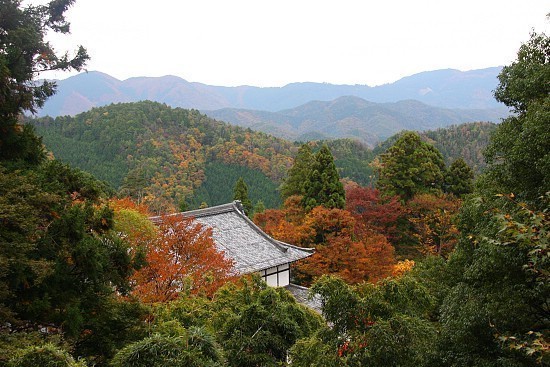
Kurama is a rural town in northern Kyoto, and is one of the best places to see fall colours ("koyo") in the region at the moment. Today I did a loop around the area, checking out the colors in the neighbouring town of Kibune as well.
About an hour north of central Kyoto, getting to Kurama and Kibune is usally most conveniently done along the Eizan Kurama Line from Demachi-Yanagi Station (detailed access information is available on the Kurama page). One of the best instances of koyo today was along the train line, in the section between Ichihara Station and Ninose Station known as the "koyo tunnel". Special panoramic trains with large windows allow travellers to really enjoy the scenery, and these special "Kirara" trains depart about once or twice an hour.
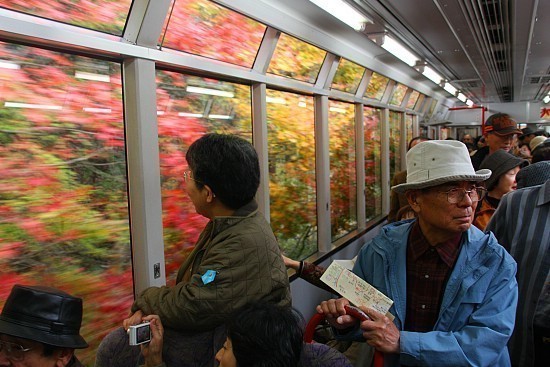
I got off at Kibune-guchi Station, as my plan was to walk up to Kibune and then across to Kurama, allowing me to travel the area without retracing my steps. After being impressed by the koyo tunnel, I was happy to find plenty of examples of colorful koyo on my walk up to Kibune. Within the town itself, I was a little let down with some of the trees around the namesake shrine, as well as many of the trees alongside the river. Nonetheless, there was still quite a bit of colour to be found.
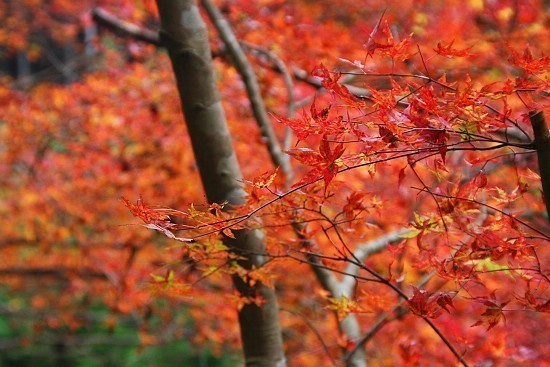
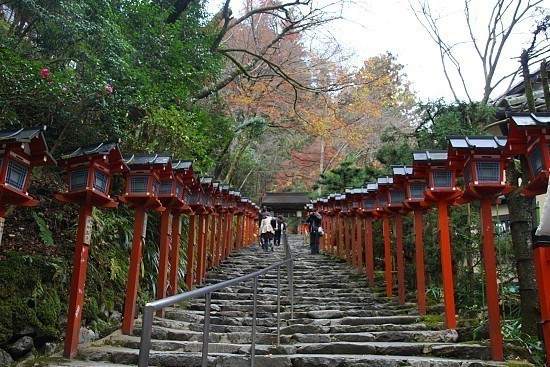
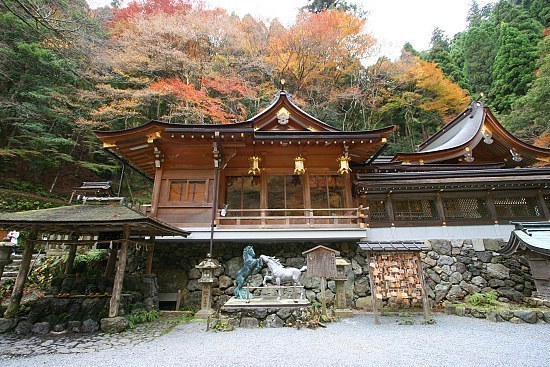
After exploring Kibune, I hiked across the mountain, which took about an hour. Though the hike was pleasant, there was almost no koyo to be found whatsoever.
The koyo situation improved greatly upon reaching Kurama-dera Temple. The temple complex is most impressive for the views that it gives onto the surrounding valley. The trees in front of the main temple building had lost most of their leaves, but many others were very colorful. The trees in general are nearing their peak, and I was told by the temple staff that their peak should come in about a week.
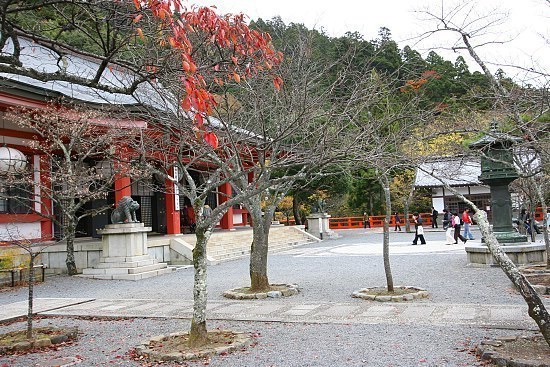
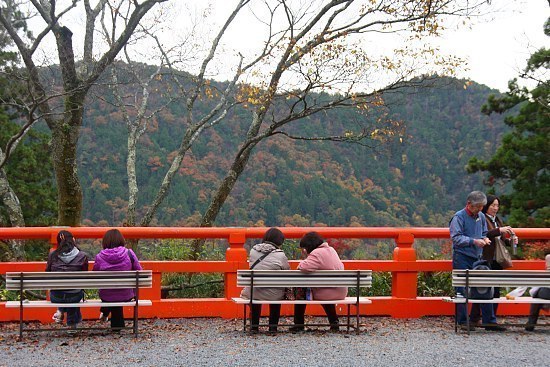
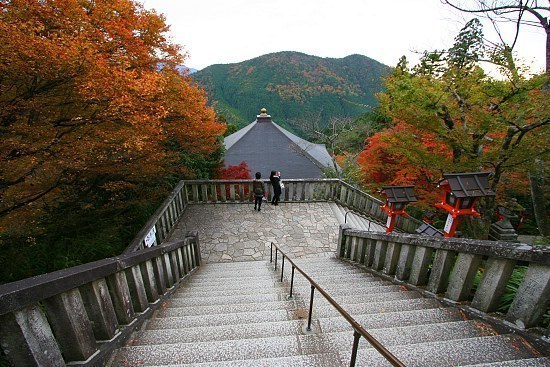
After descending from the temple I decided to end my day at the hot spring baths of Kurama Onsen, a ryokan whose baths are open to day visitors. Though a little pricey (1100 yen for the outdoor bath, 2500 yen for all facilities), it was a nice way to end the day, and I was treated to one last bit of koyo along the river outside the ryokan. Kurama Onsen provides a free shuttle bus to and from Kurama Station, from where I returned to downtown Kyoto.
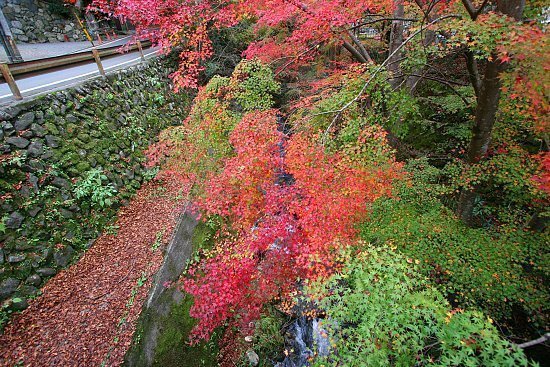
| previous post |
| next post |
|
List of Posts:
2009/12/08 - Tokyo 2009/12/02 - Kamakura 2009/11/27 - Tokyo 2009/10/28 - Mount Fuji 2009/09/30 - Kusatsu Onsen |
Questions? Ask in our forum.